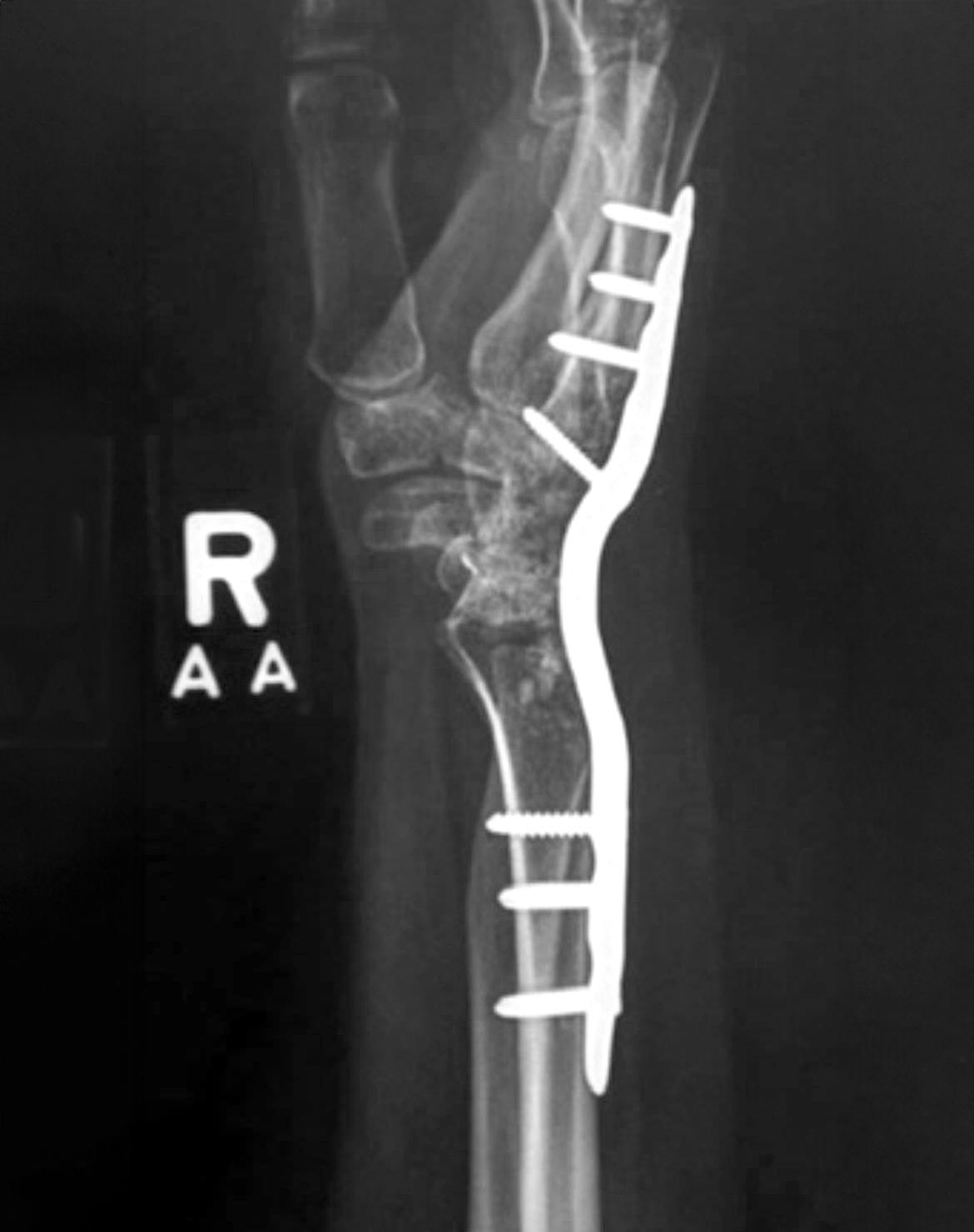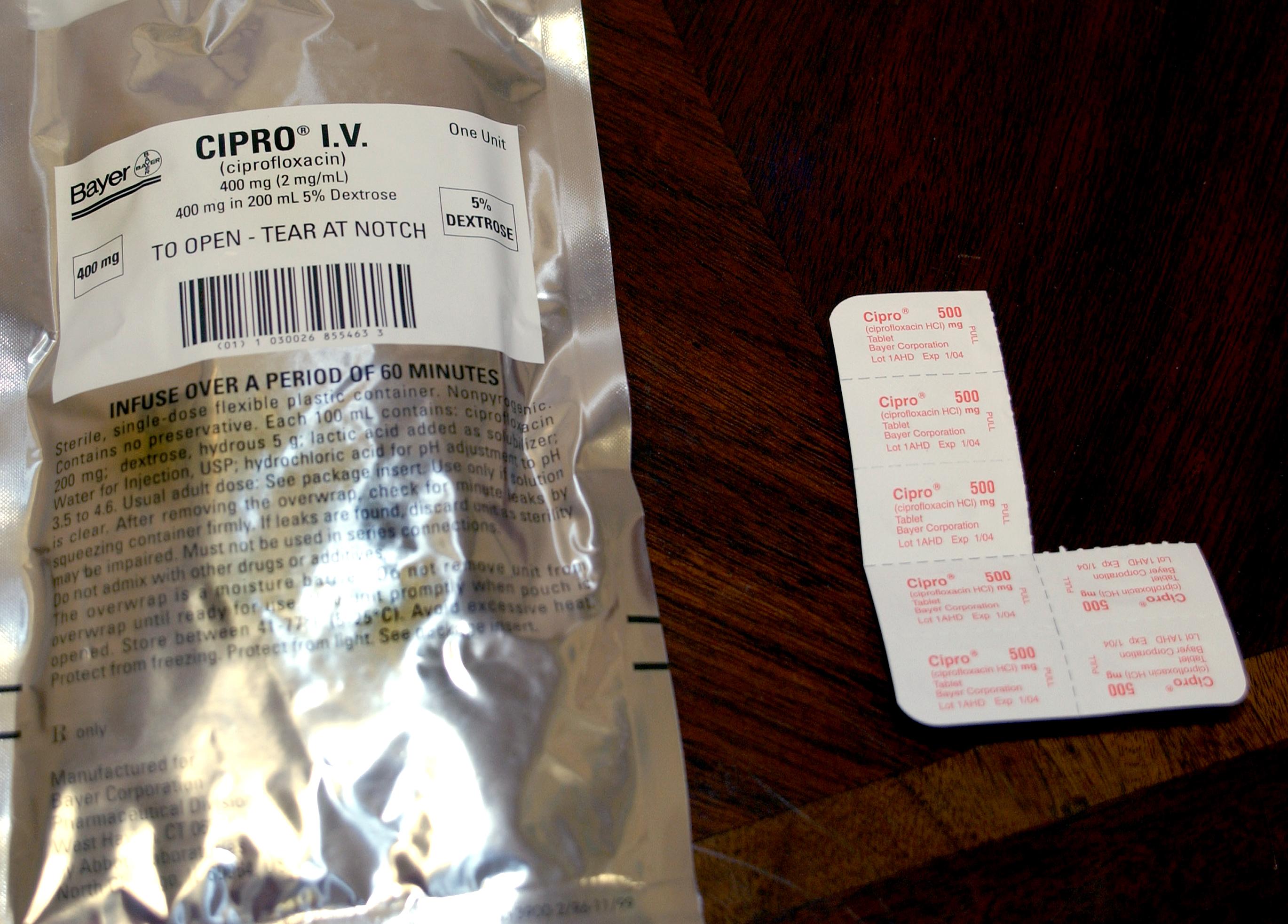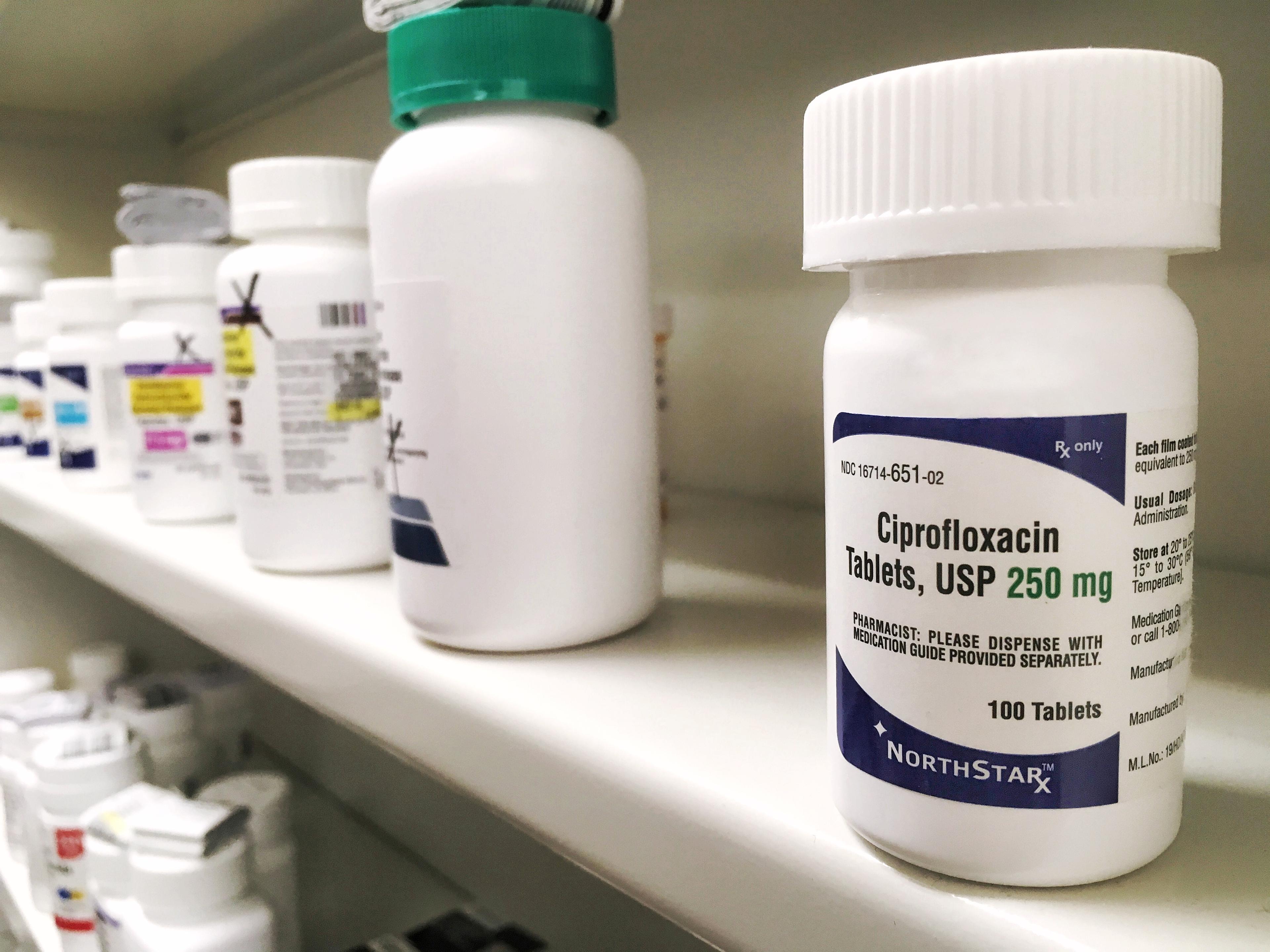Featured
Alert: This Common Medication Could Lead to Irreversible Health Conditions
Despite known risks, it continues to be widely prescribed.

This article originally appeared on The Epoch Times and was republished with permission.
Guest post by Sheramy Tsai
In 2011, Lesley Yates, a vibrant mother and teacher’s aide, suffered a medical crisis after receiving a routine antibiotics prescription for a suspected urinary tract infection. The aftermath left her with severe tendon injuries, culminating in a premature transition to permanent disability at the age of 54.
Several doctors and experts dismissed her symptoms, Ms. Yates told The Epoch Times. Her story highlights the critical but underreported adverse effects associated with fluoroquinolone antibiotics—and the medical problems that arise in the absence of clear warnings of their risks.
“I feel like a 90-year-old in a 50-year-old body,” Ms. Yates told The Epoch Times.
Fluoroquinolones: Potency and Risk
Fluoroquinolones, including ciprofloxacin (Cipro), levofloxacin (Levaquin), and moxifloxacin (Avelox), are powerful antibiotics designed to battle various bacterial infections—from urinary tract and respiratory infections to dermatological conditions.



(L-R) These photos capture some of Lesley Yates’s medical journey following complications from a Cipro prescription. That journey has included extensive blood testing to diagnose her condition, surgery on her right wrist in 2014 for stabilization, and surgery on her left wrist due to macerated tendons and ligaments in 2018. (Courtesy of Lesley Yates)
Fluoroquinolones are broadly effective and can reach deep into tissues to combat bacteria, which made them increasingly popular among doctors after their U.S. Food and Drug Administration (FDA) approval in 1980. They also require fewer doses than some other antibiotics, making them convenient for patients to use.
Fluoroquinolones possess the ability to disrupt bacterial DNA replication and stop bacterial growth. “Fluoroquinolones are fluorinated antibiotics,” explains Dr. Mark Ghalili, a board-certified internal medicine specialist and founder of Regenerative Medicine LA. “This fluoride component allows the drugs to penetrate the central nervous system.”
Despite their widespread use, fluoroquinolones face increasing scrutiny for their side effects in virtually all bodily systems.
Those suffering from fluoroquinolone toxicity are colloquially known as having been “Floxed.” They experience a spectrum of debilitating conditions, including tendon ruptures and severe neurological and psychological effects, often leading to irreversible impairments.
Research indicates that fluoroquinolones double the risk of aortic aneurysm and aortic dissection, which are potentially lethal cardiac conditions. These antibiotics have also been associated with QT interval prolongation, a precursor to sudden cardiac death.
“Millions are taking these antibiotics unaware of the potential long-term consequences,” says Dr. Ghalili.
Fluoride’s Fallout: How Fluoroquinolones Damage Mitochondria
Many patients with severe side effects from fluoroquinolones encounter skepticism from health care professionals, who regularly dismiss any correlation between the medication and patient symptoms.

The antibiotic ciprofloxacin, also known as Cipro, can be delivered intravenously or in a tablet. (Kelly Owen/Getty Images)
Dr. Ghalili has personal experience with these drugs’ harmful effects: A Cipro prescription in 2016 for a minor infection left him wheelchair-bound during his medical residency. His subsequent healing, supported by alternative and regenerative therapies, inspired his dedication to aiding others in navigating fluoroquinolone side effects, moving beyond mere symptom relief to tackle the underlying causes of fluoroquinolone-related disease.
Dr. Ghalili discusses the understated dangers of fluoroquinolone antibiotics in a video on his YouTube channel, Regenerative Medicine LA, and underscores their capacity to cause cellular turmoil—especially the disruption of critical enzymes and harm to mitochondria, the powerhouses of cells.
In the video, Dr. Ghalili states that “Fluoroquinolones disturb DNA gyrase [an essential bacterial enzyme], triggering tendon injuries and mitochondrial dysfunction,” and he urges a reevaluation of these liberally prescribed drugs within the medical field.

Ciprofloxacin (Cipro) is a powerful antibiotic used to treat a wide range of bacterial infections, including those of the urinary tract, respiratory system, and skin. (PureRadiancePhoto/Shutterstock)
According to Dr. Ghalili, the core problem lies in the drugs’ fluoride content, which enables deep access to the central nervous system and mitochondria, where it can impair cellular operations and cause muscle weakening. “Fluoride is the root of the problem for individuals with fluoroquinolone toxicity,” Dr. Ghalili says.
“The most important thing to remember about Cipro and Levaquin toxicity is that its effect is cumulative,” he says. “Patients may look normal, but internally, there’s significant mitochondrial damage,” he claims, pointing to the drugs’ hidden but significant side effects. Symptoms may eventually emerge in such patients, including persistent disturbances in energy production, plaguing them for years after taking the medication.
Dr. Ghalili adds that increased susceptibility to fluoroquinolone toxicity exists in individuals with specific genetic predispositions or previous fluoride exposure, and he notes that women are disproportionately affected owing to variables like the MTHFR (methylenetetrahydrofolate reductase) gene mutation and prior fluoride-based medication usage.
-

 Health3 days ago
Health3 days agoFighting Cancer with Fenbendazole: Big Pharma’s Worst Nightmare
-

 Health2 days ago
Health2 days agoWhat Have Vaccines Done to Us? The Truth is Disturbing
-

 Health3 days ago
Health3 days agoNew WEF Report Reveals the Global Elites’ Shocking Plan to Enforce Vaccination
-

 News1 day ago
News1 day agoNikki Haley Reveals Her New Job After Dropping Out of 2024 Presidential Race in Disgrace























